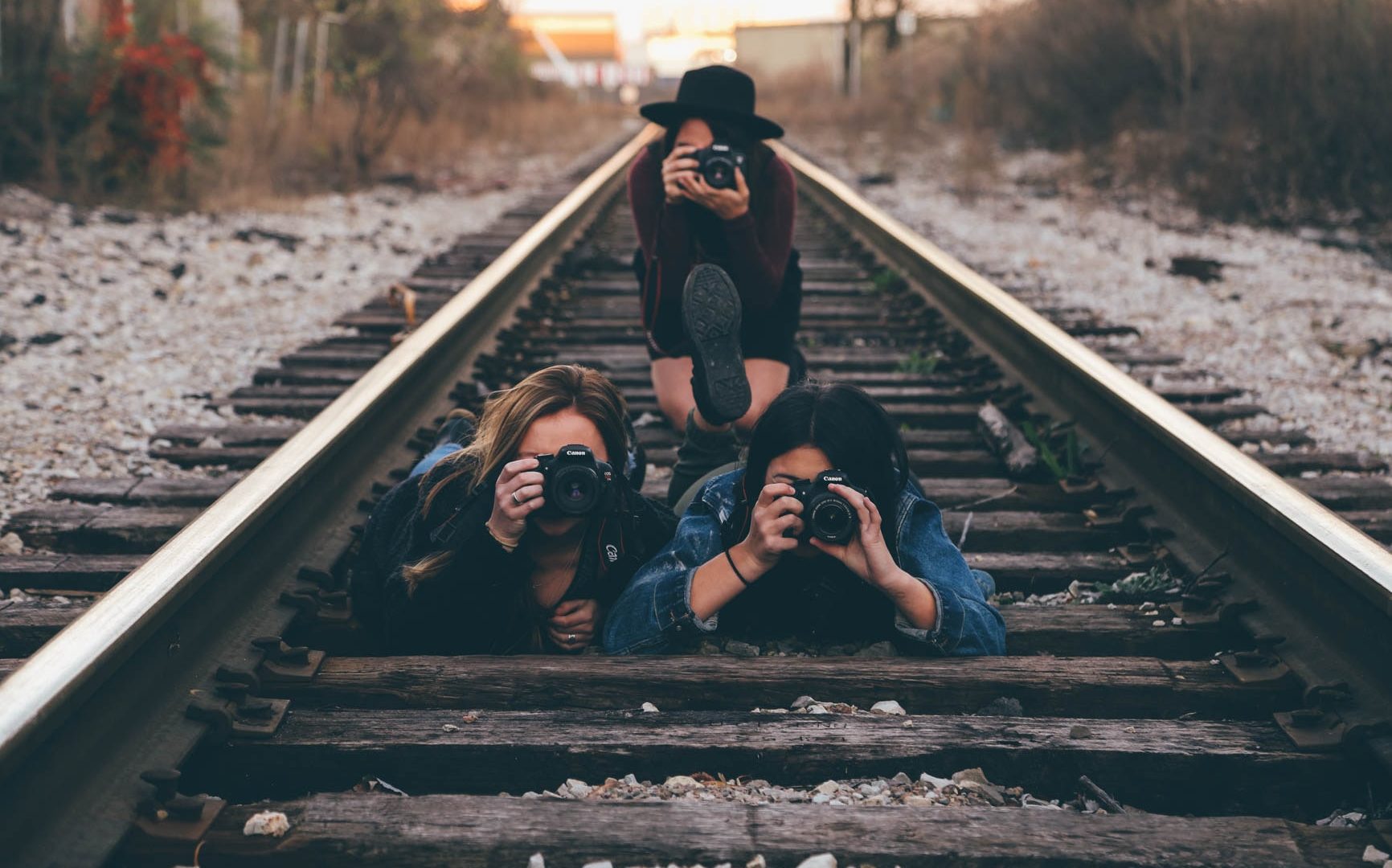When you are working as a photographer, you need to build a team around you that can help your work better and more beautiful. You can work with a wide range of people, but one of the most important professionals to work with is a graphic designer. Continue reading as you learn how to expand and improve your graphic design business. Most people who are working as photographers need a little help with design, color, staging, and even composition. There is where a graphic design partner can be very helpful.

1. Graphic Designers Know How To Choose Settings
You can work with a graphic designer as you choose the setting for each new project. Jeff English Hoboken recommends that photographers find a graphic designer to help with the setting of each project. Because graphic designers know so much about font, colors, and styling, they can help choose the location of each shoot.
If the shoot will occur in a studio, the graphic designer can help choose the backgrounds or props that will be used. You can defer to the graphic designer, or they might even create a special background that you can use for the shoot.
2. Graphic Designers Understand Color
Graphic designers understand color. You can ask your design partner which colors they would use for each new project. The designer has to match colors to designs every day, and they can choose the most appropriate color for the shoot.
For example, you can ask your graphic designer the clothing your model should wear as you shoot near the beach or a pool. When the graphic designer talks to you about the project, they might discover that you have selected a lovely African-American model. Because models with darker skin look good in yellow and orange, the clothing chosen for the shoot will include yellow and orange. Deferring to the designer on these simple decisions makes it much easier for you to manage your business.
3. Graphic Designers Understand Composition
Graphic designers have an understanding of composition. You can speak to your designer how they would compose each new picture. There should be images in the foreground, middle ground, and background. The graphic designer can explain where each prop, model, or item should be placed during the shoot.
The photographer can change their photographs based on how the designer has arranged the setting. You can change the composition of the images with help from your graphic designer. In fact, your graphic designer can act as the art director for the shoot. As you stand behind the camera, your graphic designer can move people and props to your liking.
4. The Graphic Designer Can Augment Each Photograph
The graphic designer can augment photographs after they have been taken. You can ask your designer to add text to each photograph, or they can change the shading, lighting, or filters on the photograph. You may not feel comfortable using image editing programs, and that is why you should reach out to your designer after a photoshoot is completed.
You can even ask your designer to change a few things on each photo until you get what you want. Jeff English Hoboken recommends that photographers and graphic designers interface after each photoshoot.
5. A Graphic Designer Can Consult With Clients
The graphic designer you have chosen can consult with clients. Clients come to you to find out what you can provide for each project. You want to show that you can create the images they need, but your designer should be there to explain the composition, color choices, props, models, and even text that could be added to each image.
For example, you might have been hired by a retail store to shoot for a catalog. Your graphic designer can create the text for the entire catalog, and you will make more money as a result. At the same time, your graphic designer can explain to your clients what would work best. You are there to take the pictures, but your graphic designer might explain the overall concept of the project.
You Can Hire A Graphic Designer To Work With Your Today
You can hire a graphic designer to help with your photography projects today. The designer can support you when you are choosing the setting, the colors, and the props. The designer can help you create new backgrounds for each job, or they can help you consult with clients prior to each project.

